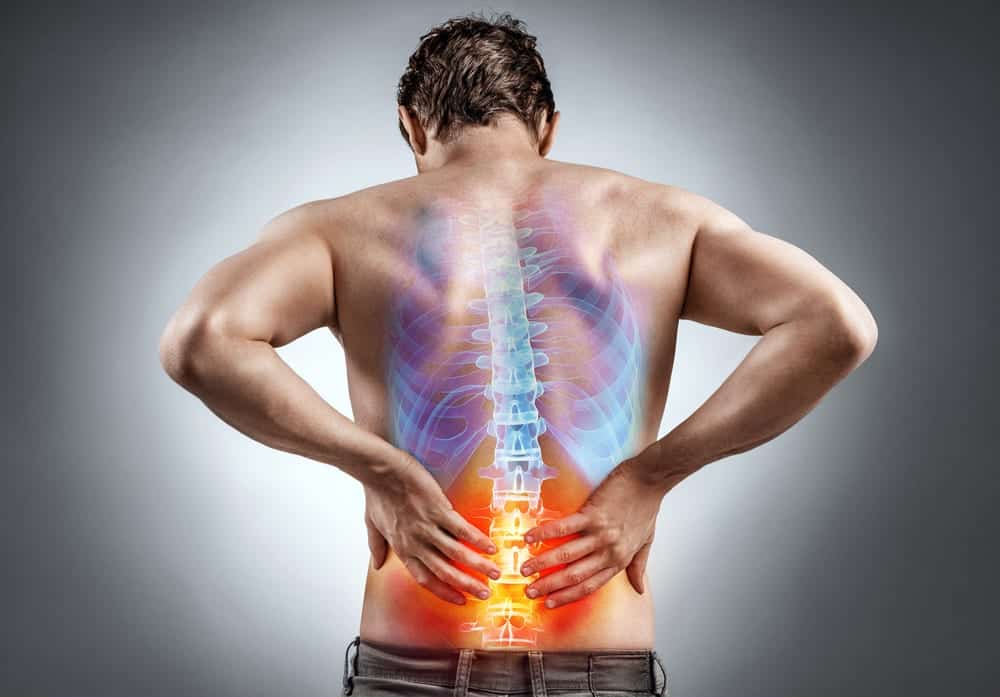
Introduction:
For many people in today’s hectic environment, comfort and pain alleviation are of utmost importance. Discovering efficient pain management methods is essential for preserving a good quality of life, regardless of the type of pain—chronic ailments like arthritis or acute injuries from sports or accidents. Thankfully, new developments in pain management have been made possible by advances in both technology and medicine. Next-generation comfort solutions, which range from inventive devices to state-of-the-art therapies, are completely changing how we manage pain. This article will examine some of the most innovative methods that are revolutionizing the field of pain management.
Targeted Drug Delivery Systems:
Because traditional painkillers can affect the entire body in addition to the painful location, they frequently have unintended side effects. On the other hand, targeted drug delivery systems provide a more accurate and effective means of providing pain relief. These methods minimize systemic exposure and minimize negative effects by delivering drugs directly to the affected location through the use of cutting-edge techniques like microencapsulation and nanotechnology. Transdermal patches, implanted pumps, and injectable hydrogels are a few examples of products that offer continuous drug release for extended pain treatment.
Neuromodulation Therapies:
To reduce pain, neuromodulation techniques employ electrical or magnetic stimulation to change the nervous system’s activity. These treatments provide a non-invasive substitute for conventional therapy by focusing on particular brain regions related to pain processing. For instance, transcutaneous electrical nerve stimulation (TENS) blocks pain signals and encourages the release of endorphins, the body’s natural analgesics, by applying low-voltage electrical pulses to the nerves through electrodes applied to the skin. The possibility of other neuromodulation methods, such as deep brain stimulation and spinal cord stimulation, in the treatment of chronic pain problems is also being investigated.
Virtual Reality (VR) Therapy:
With its immersive experiences that divert patients from their agony and encourage relaxation, virtual reality has become a potential therapy for pain management. In virtual reality (VR) therapy, patients usually wear a headset that takes them to virtual settings, including peaceful landscapes or interactive games, where they can participate in activities designed to take their minds off of their pain. Research has indicated that virtual reality (VR) therapy can effectively lower pain levels and enhance patient satisfaction in a range of therapeutic contexts, such as during medical procedures, recuperation after surgery, and chronic pain management.
Regenerative medicine:
By utilizing the body’s own healing processes to restore damaged tissues and reduce discomfort, regenerative medicine has great potential to cure pain. In order to promote tissue regeneration and reduce inflammation, stem cells from the patient’s own body or from donor sources are injected into wounded tissues as part of stem cell therapy. In a similar vein, platelet-rich plasma (PRP) therapy promotes tissue repair and speeds up healing by using concentrated platelets from the patient’s blood. Potential long-term treatments for ailments like osteoarthritis, tendon injuries, and musculoskeletal pain are provided by these regenerative techniques.
Mind-Body Interventions:
In order to alleviate pain and enhance general wellbeing, mind-body interventions try to take advantage of the mind-body connection, which is essential to how pain is perceived. Methods like yoga, tai chi, and mindfulness meditation focus on developing awareness, relaxation, and self-regulation. These skills can improve people’s ability to manage pain and lessen its effects on their life. It has been demonstrated that these techniques alter the brain circuits that are involved in processing pain, which improves psychological distress, functional impairment, and pain severity.
Wearable Technology:
New technologies that offer on-the-go pain management and alleviation have been made possible by advancements in wearable technology. These wearables, which range from electrotherapy gadgets to smart compression sleeves, provide easy and covert ways to reduce pain and accelerate healing. Wearable sensors, for instance, can track physiological variables like joint and muscle mobility and provide real-time feedback and tailored recommendations for the best ways to manage pain. Wearable electrotherapy devices are useful tools for athletes, chronic pain patients, and people recuperating from accidents since they also provide tailored electrical stimulation to reduce pain and enhance muscular function.
In conclusion,
Cutting-edge methods of pain reduction are revolutionizing the way we treat pain by providing safer, more individualized, and efficient treatments for those with both acute and chronic pain. The future of pain management is bright, with options including wearable technology, neuromodulation therapies, virtual reality, regenerative medicine, and customized medication delivery systems. Through the application of technology and our comprehension of the mind-body link, we can offer next-generation comfort and enhance the standard of living for millions of individuals globally.
